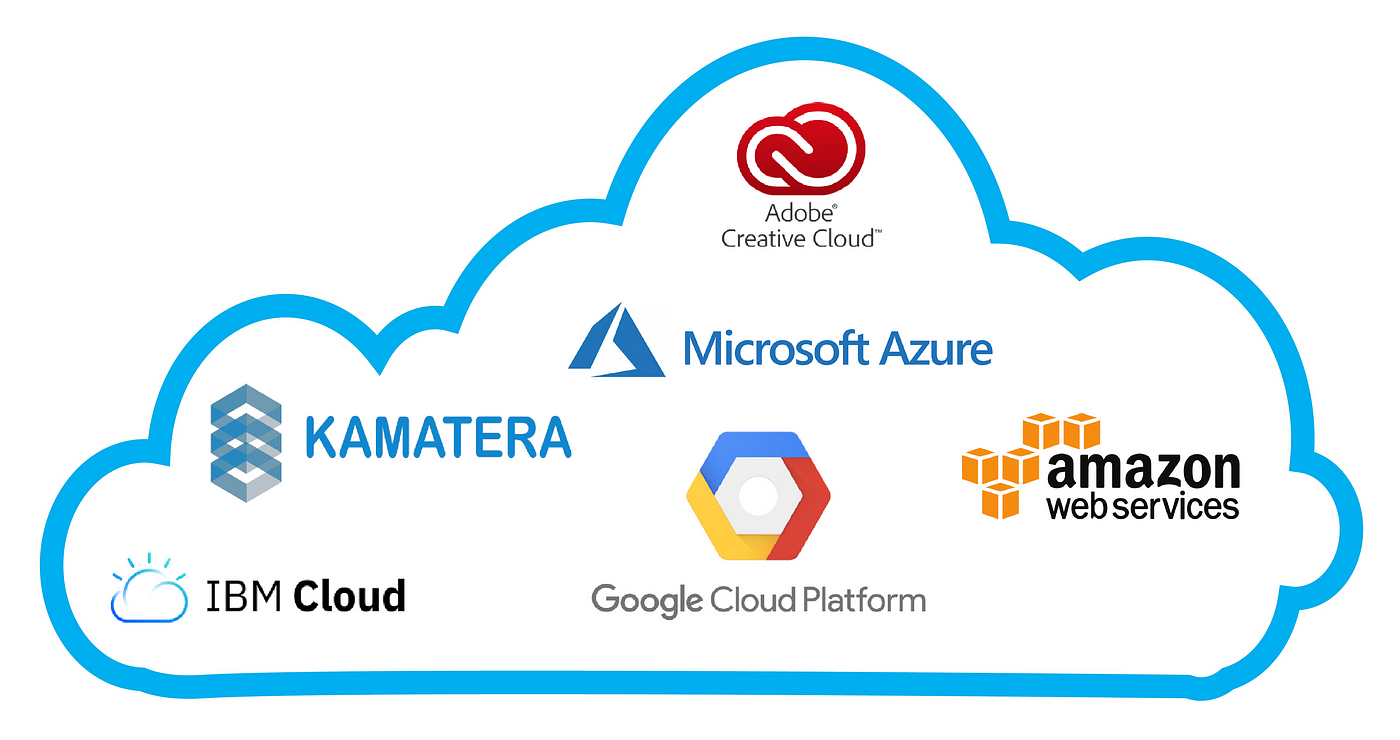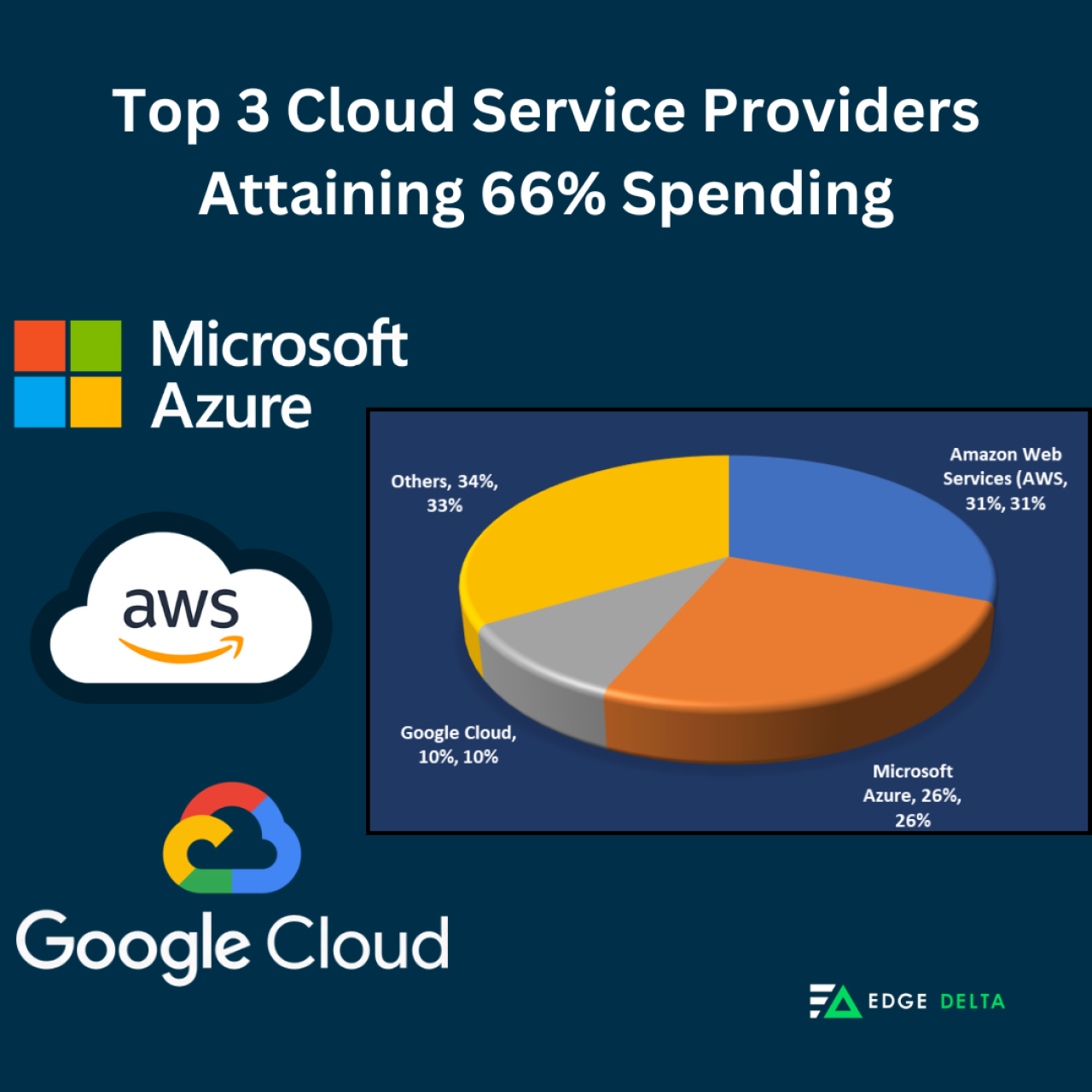Discover the Power of LinkDaddy Cloud Services: Authorities Press Release Insights
Wiki Article
Achieve Seamless Scalability With Cloud Services
In the ever-evolving landscape of cloud services, attaining seamless scalability stands as a keystone for modern businesses seeking to remain versatile and competitive. The mission for smooth scalability with cloud solutions reveals a globe of opportunities for those willing to embrace the transformative power of vibrant resource administration.Advantages of Cloud Scalability
Cloud scalability supplies companies the adaptability to dynamically readjust resources based on demand, making sure optimal efficiency and expense efficiency. One vital benefit is the capability to range resources up or down rapidly in feedback to varying workloads. This agility makes it possible for businesses to fulfill altering client requirements without over-provisioning sources, ultimately causing set you back savings. Scalability additionally improves performance by making certain that systems can handle enhanced website traffic or work without experiencing downtime or slowdowns. By efficiently allocating resources, organizations can maintain high levels of performance during peak times without unnecessary expenses during quieter durations. In addition, cloud scalability advertises innovation and experimentation by enabling services to quickly check originalities and range them as needed. This adaptability urges a culture of continual improvement and adaptation, enabling organizations to stay affordable in a rapidly developing market landscape. Ultimately, the benefits of cloud scalability prolong beyond cost financial savings to include better efficiency, agility, and development.Key Functions for Scaling
Reliable scaling in cloud services depends on essential features that enable companies to adjust resources dynamically based on demand. One crucial function for scaling is flexibility, enabling resources to scale up or down in reaction to rising and fall work. This makes sure that organizations can fulfill performance needs without over-provisioning sources. Another vital attribute is scalability, allowing systems to handle boosted work by including resources effortlessly. This feature is crucial for fitting growth without compromising efficiency. In addition, automation plays an important duty in scaling by automating the provisioning and de-provisioning of sources based upon predefined plans. Automation reduces human intervention, improves performance, and makes sure fast feedback to changing demands. Monitoring and analytics devices are additionally important for scaling, supplying insights into source usage, performance metrics, and possible bottlenecks. These tools allow companies to make enlightened decisions and enhance source appropriation for effective scaling. In general, these essential attributes jointly encourage companies to achieve seamless scalability in cloud services.Applying Auto-Scaling Strategies
To efficiently optimize source allowance and adjust to varying workloads, companies must purposefully apply auto-scaling methods in their cloud services infrastructure. Auto-scaling allows systems to instantly change the variety of calculate resources based on real-time need. There are various auto-scaling strategies that organizations can use, such as predictive scaling, which More Help uses historical information to forecast future source requirements, and responsive scaling, which replies to present workload modifications.
Ideal Practices for Scalability
For companies aiming to boost their scalability in cloud solutions, implementing best methods is essential for optimal efficiency and source monitoring. One secret best practice is designing applications with a microservices style. This method breaks down applications right into smaller sized, independent solutions that can be deployed, upgraded, and scaled individually, permitting for better versatility and scalability.Another crucial practice is making use of containerization technology, such as Docker or Kubernetes. Containers enable the packaging of applications and their dependencies right into separated units, making it less complicated to scale parts individually and deploy them consistently throughout different settings.
Additionally, implementing automated deployment and facilities as code (IaC) can enhance scalability initiatives (linkdaddy cloud services). Automation tools like Terraform or Ansible aid in provisioning and managing sources efficiently, decreasing manual mistakes and making it possible for fast scalability
Additionally, keeping track of efficiency metrics, setting up alerts, and conducting regular capability preparation are vital techniques to make sure aggressive scalability monitoring. By sticking to these ideal techniques, organizations can achieve seamless scalability in their cloud services while optimizing performance and resource application.
Surveillance Performance Metrics
When examining the efficiency of cloud services scalability, closely checking efficiency metrics is important for making certain ideal performance and source appropriation. By constantly tracking key efficiency indications (KPIs) such as response times, throughput, source, and latency usage, organizations can gain useful insights into the health and performance of their cloud framework. Keeping track of efficiency metrics permits for the very early detection of possible traffic jams or concerns that could impact scalability, making it possible for proactive actions to be required to address them before they rise.

Conclusion
Finally, achieving smooth scalability with cloud services is necessary for organizations to optimize performance, improve innovation, and preserve high performance levels throughout peak times. By leveraging the advantages of cloud scalability, carrying out auto-scaling strategies, making use of crucial functions such as elasticity and automation, and following finest techniques like application design and performance monitoring, companies can efficiently scale their systems while taking full advantage of resource utilization and efficiency.The pursuit for smooth scalability with cloud services introduces a globe of why not check here opportunities for those ready to welcome the transformative power of vibrant resource management.
Cloud scalability uses organizations the adaptability to dynamically change sources based on demand, making certain optimal efficiency and price efficiency. An additional key attribute is scalability, enabling systems to take care of increased work by including resources effortlessly.For organizations aiming to enhance their scalability in cloud solutions, carrying out best techniques is crucial for ideal performance and source monitoring.When analyzing the effectiveness of cloud solutions scalability, carefully monitoring efficiency metrics is vital for making certain optimum performance and source appropriation.
Report this wiki page